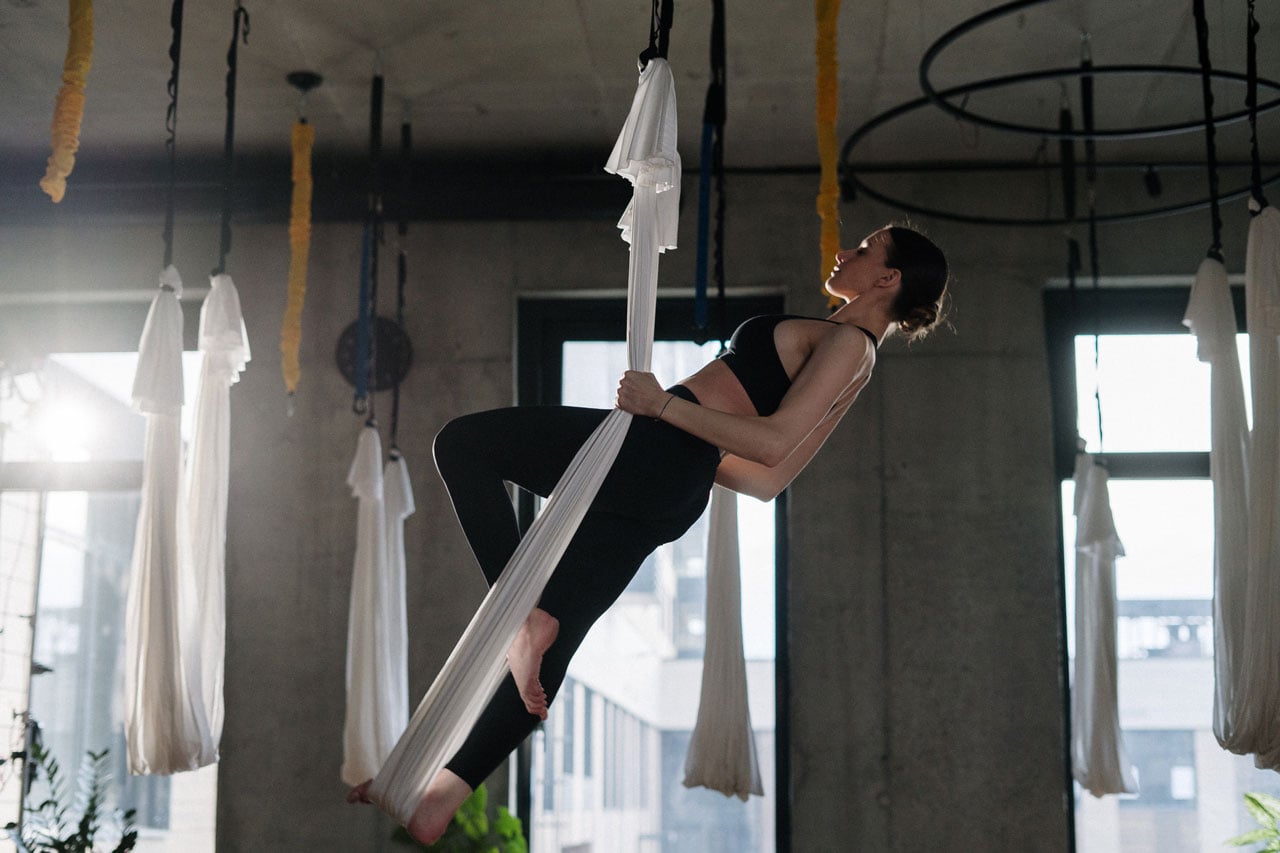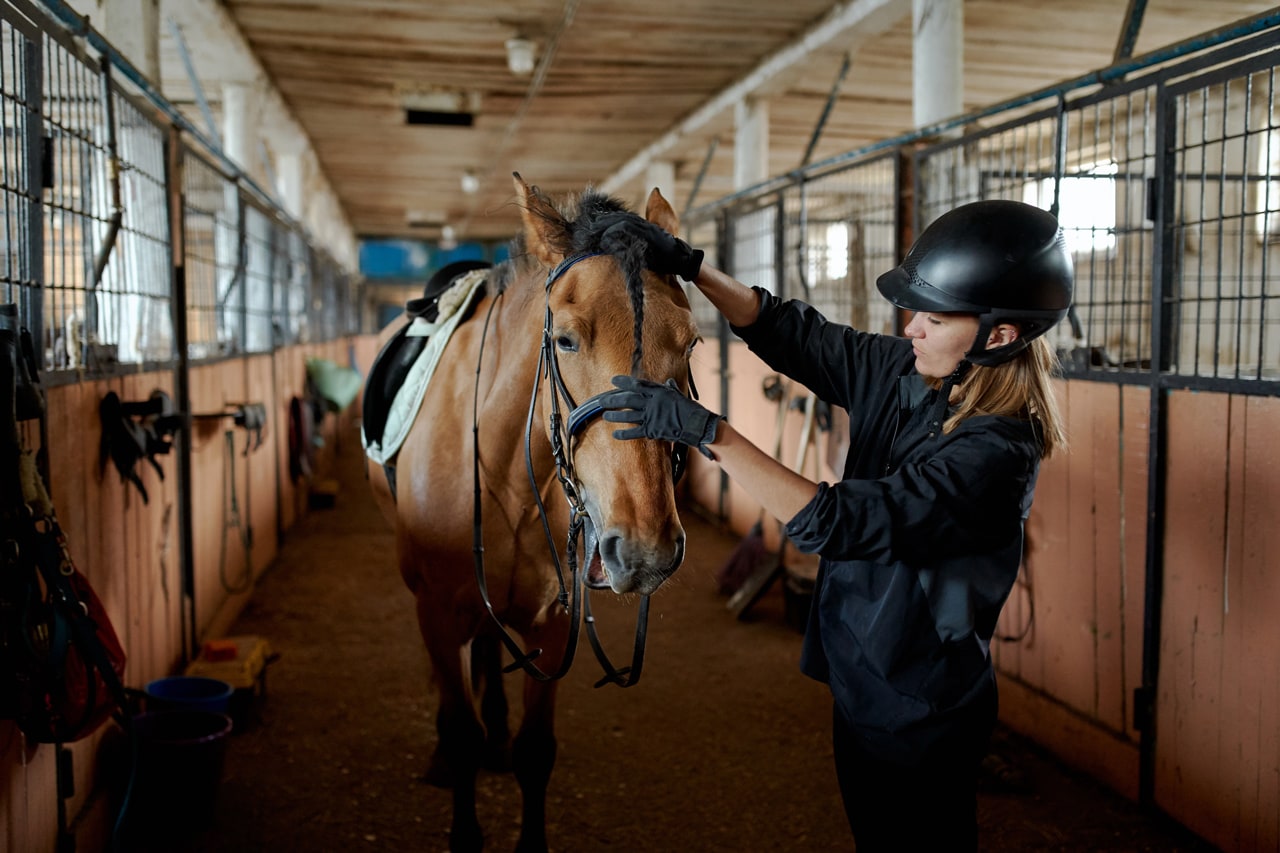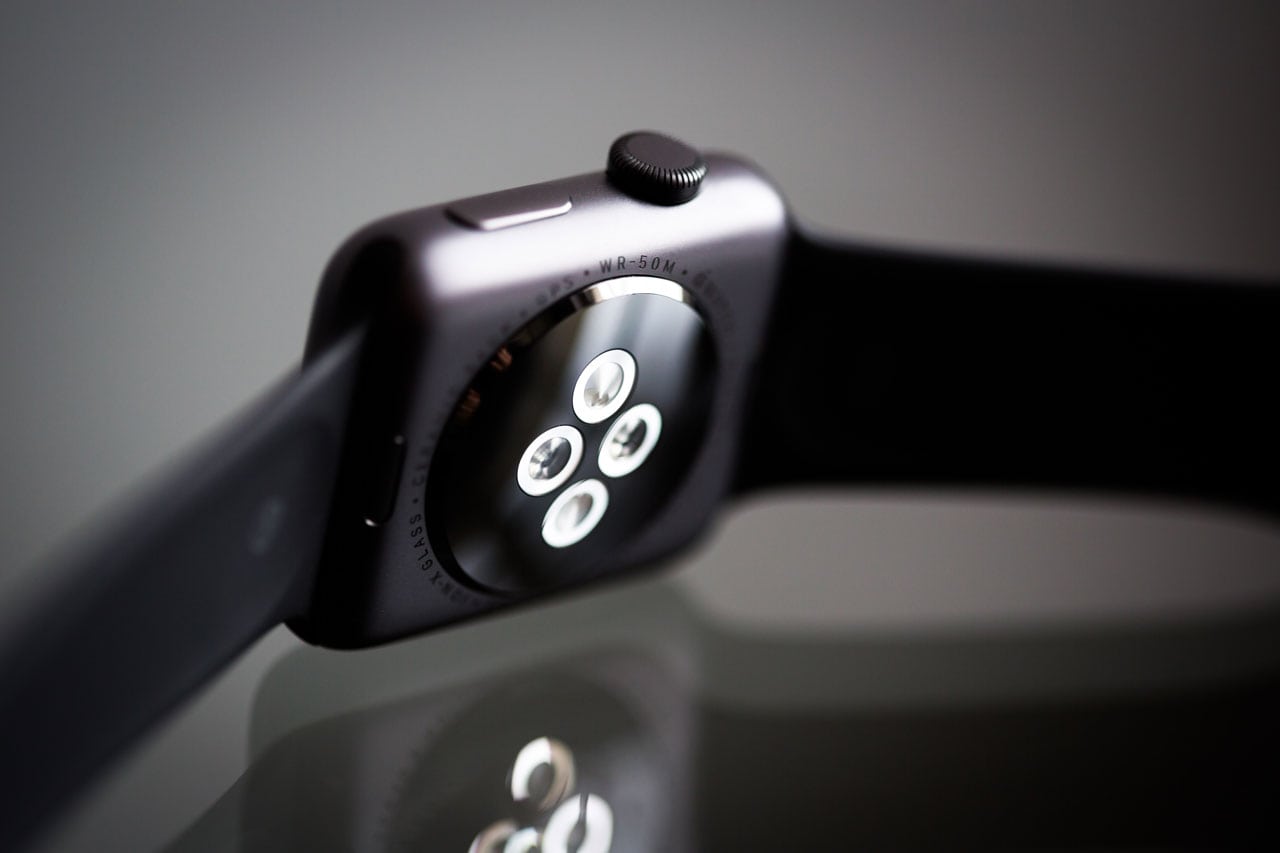Gravity holding us up?
Sounds silly. We can all feel gravity pulling us down, and we all have experience with falling down. Every physics book shows this vector, a representation on the page of the force that keeps planets in their orbits and keeps our feet on the ground. Gravity, a primal force as old as the universe. And, as Adam Savage’s meme had it: “Gravity: It’s not just a good idea; it’s the law”.

And it’s not just a math thing. We can see gravity pulling down on things: a golf ball in flight, or the ripples in an old pane of glass, or in the faces of the elderly. And even in the faces of the not-so-elderly: there are over 100,000 facelift operations done in the US every year in an attempt to undo gravity.
Gravity, relentlessly shaping the world and our bodies. And gravity always wins because it is persistent, even constant.
Fighting gravity or embracing gravity?
So, it seems simple: we fight gravity until, exhausted, we can fight no longer and finally give in to gravity.
But evolution is a canny force, and in its own way relentless. Over time evolution has found ways to subvert gravity, and repurpose it as a way to hold us, and most other life forms, up.
Perhaps the simplest example of this gravitational jujitsu is a teeter-totter. Yes, gravity is pulling one child down, but what is it that’s lifting that other child up? Gravity, of course, but now redirected to lifting up rather than pulling down.
We see this redirection of gravity solving countless problems for animals. Think of a bird, asleep on a telephone wire. How does it grip the wire tightly with its feet all night long? The answer is that the bird isn’t doing the gripping; gravity is. Birds have feet that allow their flexor tendons to clamp their toes in place whenever they grip a surface. When a bird lands on a wire or branch, the tendons in their feet are automatically tightened by their body weight, causing their toes to curl around the object and lock in place. This allows the bird to maintain its grip on the object without any muscular effort, a posture known as "passive perching.” Like this:

Gravity redirected: It’s not just for the birds
A bird on a wire is a particularly dramatic instance of gravity holding an animal up: the bird is asleep, there’s a long fall below, and cats are everywhere. Amazingly, this arrangement of the flexor tendons in a birds’ feet and legs allows them to sleep while perched on a wire worry-free, even during high winds.
But we needn’t envy the birds’ their clever adaptation. Humans also redirect gravity. For example, as we almost effortlessly keep our upright posture while standing.
A little background: It’s crucial that standing burn as few calories as possible, because in a hunter-gatherer world running out of calories can remove an individual from the gene pool. Because conserving calories is essential, evolution has worked hard at efficiency, spending as few calories as possible on every task. A simple example of this kind of caloric efficiency is the human knee. When standing quietly, no muscular input is required: the femur balances atop the tibial plateau with the joint in very slight extension, kept in place by ligaments that prevent overextension of the knee. Yes, some people fidget and burn a few calories while standing, but our anatomy allows us to stand with almost no caloric effort.
Of course, even at our most efficient we’re still constantly burning calories. Even when at rest we burn about one calorie every minute just to stay alive: circulating our blood and breathing are non-negotiable activities that consume about 20% of our calories. The brain is by far our most ravenous tissue: although just 2% of our body weight it consumes another 20% of our calories, even while sleeping. Fat also requires upkeep, and another 5% of our caloric burn1. Muscle tissue requirements vary dramatically with activity, but at rest muscles require minimal energy for maintenance, really just a rounding error in our caloric spreadsheet.
The exercise paradox
Paradoxically, all this brilliant efficiency has lately become a problem for us.
For over 3 million years our hunter-gatherer ancestors lead very active lives, avoiding predators and foraging for food over the African landscape. Evolution adjusted our metabolism to match this very active lifestyle in the face of caloric scarcity by optimizing our movements to be calorically efficient. But almost as an afterthought our metabolisms also came to expect daily physical effort.
Unfortunately, the world we have created for ourselves is exactly the opposite of our ancestral savannah: we now live amidst caloric abundance acquired without physical effort. This conflict is referred to as the “exercise paradox”, and is the subject of a terrific book by Daniel Lieberman, a professor of Human Evolutionary Biology at Harvard: Exercised: Why Something We Never Evolved to Do Is Healthy and Rewarding. Professor Lieberman advocates injecting more movement into our lives in any way we can in the face of the sedentary realities of our built environment. So, for example, he suggests that “… Instead of vilifying chairs and remonstrating yourself for slouching and not squatting, try to find ways to sit more actively, without being inert for too long, squirm shamelessly
Active sitting can subvert our metabolic efficiency
Some lucky folks are natural-born squirmers and fidgeters, and because using more calories moment to moment is better aligned with our evolutionary heritage and our metabolic needs, this gift is associated with better health and longer lifespans2. But for those who weren’t fortunate enough to be born fidgeters, there’s active sitting. By making a chair slightly unstable, sitting suddenly requires constant, subtle, engagement of core muscles, improving posture, and burning more calories. Think of it as facilitated fidgeting.
To sum up: while sitting still in an office chair is almost universal, and standing still is common at standing desks, sitting still on an active chair is almost impossible. Because it requires constant, subtle, rebalancing, active sitting hacks the energy-saving workarounds baked into the human machine. And more movement not only feels good, is it is good, because it’s both what your body wants and what your metabolism needs; you’ll just be along for a more healthful ride.
1Elia, M. (1992). Organ and tissue contribution to metabolic rate. In Energy metabolism: tissue determinants and cellular corollaries (pp. 23-38). Springer.
2Sitting Time, Fidgeting, and All-Cause Mortality in the UK Women's Cohort Study





Leave a comment
All comments are moderated before being published.
This site is protected by hCaptcha and the hCaptcha Privacy Policy and Terms of Service apply.